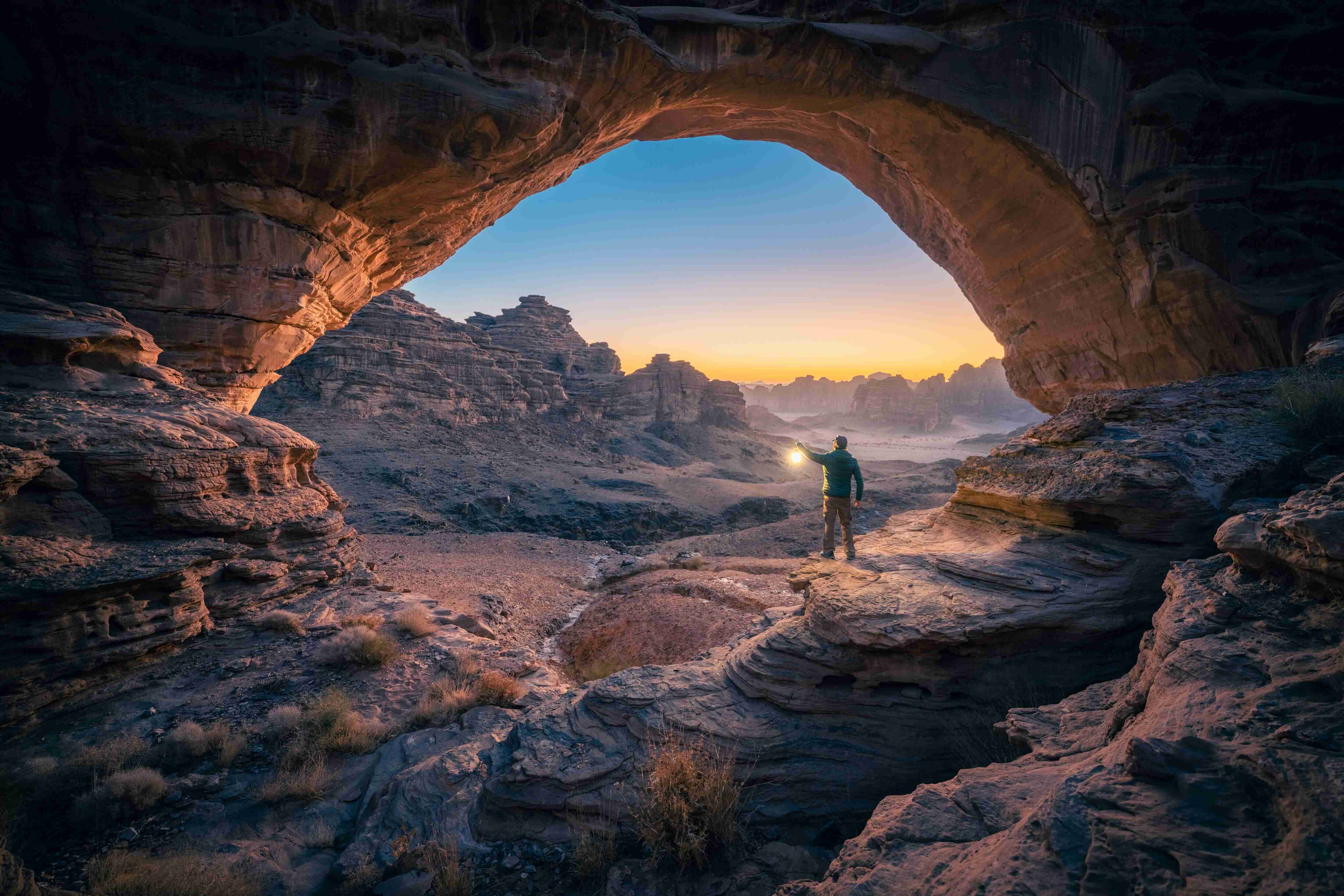
All

How to Capture Stunning Landscape Photos While Traveling
- Research and Plan: Before you embark on your journey, research the location you'll be visiting. Look for popular landmarks, scenic viewpoints, and hidden gems. Check out travel guides, online forums, and social media for inspiration and ideas. Having a plan will help you make the most of your time and increase your chances of capturing stunning landscape photos.
- Pack the Right Gear: Invest in a good quality camera and lenses suitable for landscape photography. Wide-angle lenses are ideal for capturing vast landscapes. Don't forget to pack a sturdy tripod to keep your camera steady, especially during low-light conditions or long exposures.
- Consider the Lighting: The quality of light can make or break a landscape photo. The golden hours, which occur shortly after sunrise and before sunset, offer soft, warm light that enhances the beauty of landscapes. Avoid shooting during harsh midday light, as it can create harsh shadows and washed-out colors.
- Compose Your Shots: Pay attention to composition to create visually appealing landscape photos. Use the rule of thirds to place points of interest off-center and create a sense of balance. Look for leading lines, such as rivers or paths, to draw the viewer's eye into the photo. Experiment with different angles and perspectives to add depth and interest to your shots.
- Include Foreground Interest: Adding a foreground element can add depth and visual interest to your landscape photos. It could be a rock, a tree, or any other object that complements the scene. The foreground element can serve as an anchor and guide the viewer's eye into the frame.
- Use Filters: Filters can help enhance your landscape photos. A polarizing filter can reduce glare and boost colors, especially when shooting bodies of water or skies. Graduated neutral density filters can help balance exposure between the bright sky and the darker foreground, particularly when dealing with high-contrast scenes.
- Experiment with Exposure: Don't be afraid to play around with exposure settings. Bracketing your shots (taking multiple exposures at different settings) can help capture a wider dynamic range. This will allow you to blend the exposures in post-processing and bring out the details in both the highlights and shadows.
- Post-processing: Once you've captured your landscape photos, post-processing can help enhance their visual impact. Use software like Adobe Lightroom or Photoshop to adjust exposure, contrast, and colors. Be careful not to overdo it, though, as natural-looking photos tend to be more pleasing to the eye.
- Practice Patience: Landscape photography often requires patience and persistence. Wait for the right moment, whether it's the perfect light, interesting clouds, or wildlife entering the frame. Sometimes, revisiting a location at different times of the day or year can yield completely different results.
- Learn from Others: Study the work of renowned landscape photographers for inspiration and guidance. Look at their composition techniques, use of light, and post-processing styles. Join photography communities or workshops to learn from experienced photographers and exchange tips with fellow enthusiasts.
Related Posts
© 2025 Invastor. All Rights Reserved

User Comments